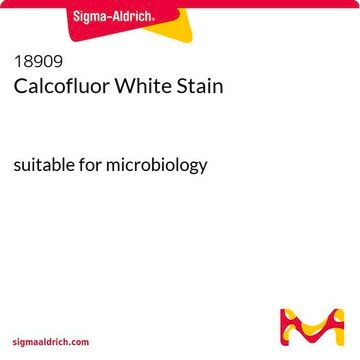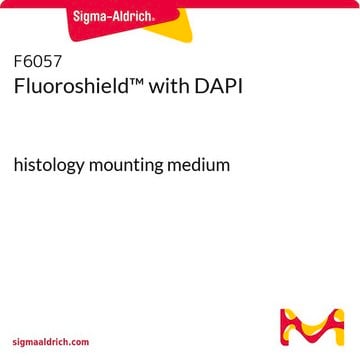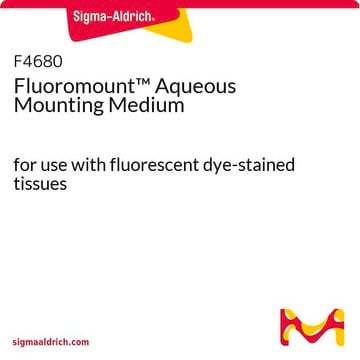Typical working concentration of DAPI used in most applications is 0.1μg/mL-10μg/mL. Please see the link below to review the product datasheet:
https://www.sigmaaldrich.com/deepweb/assets/sigmaaldrich/product/documents/774/984/d9564pis.pdf
Please see the link below to review a sample protocol from Cold Spring Harbor:
https://cshprotocols.cshlp.org/content/2011/1/pdb.prot5556.long















